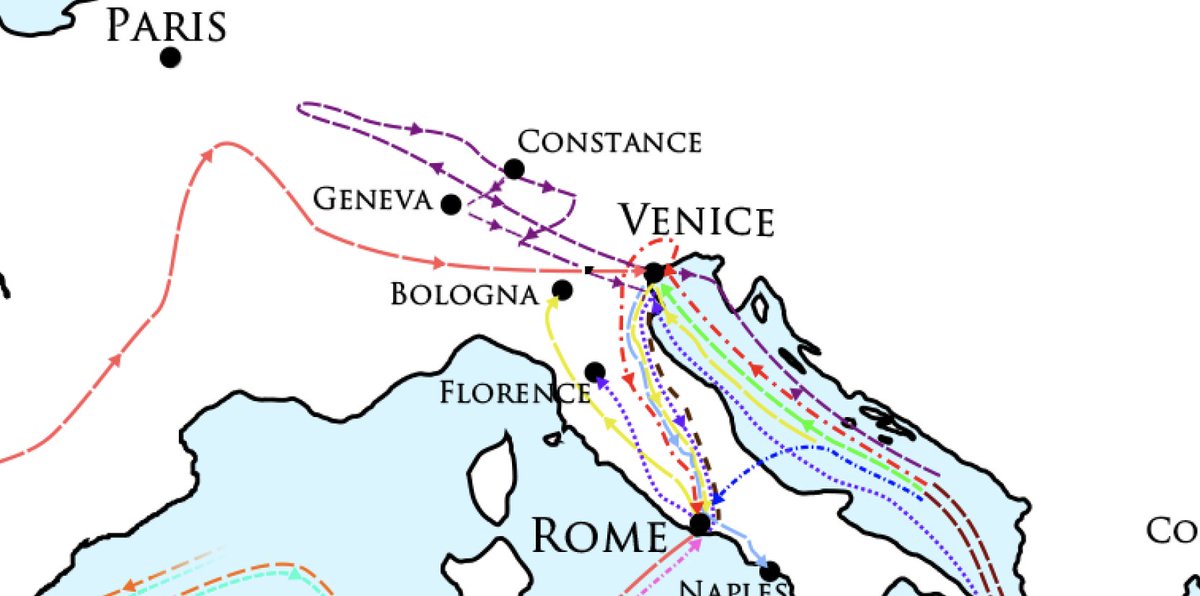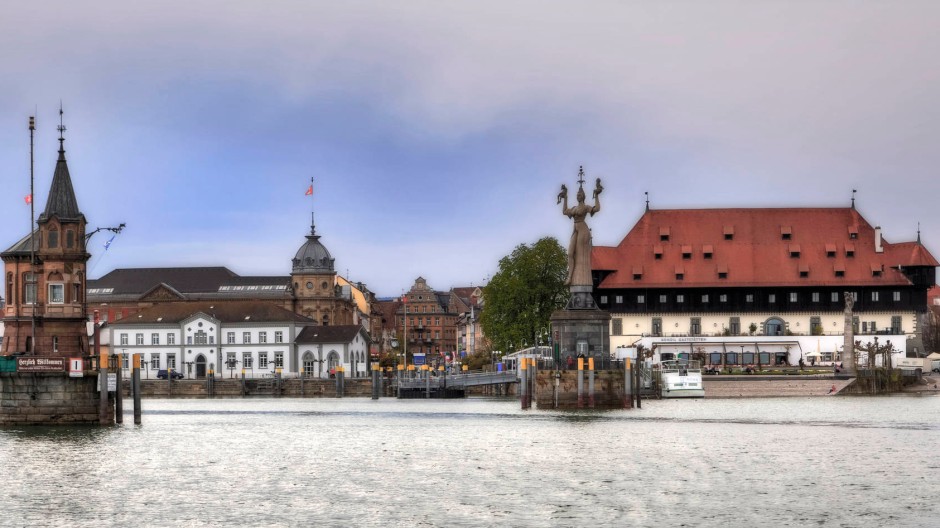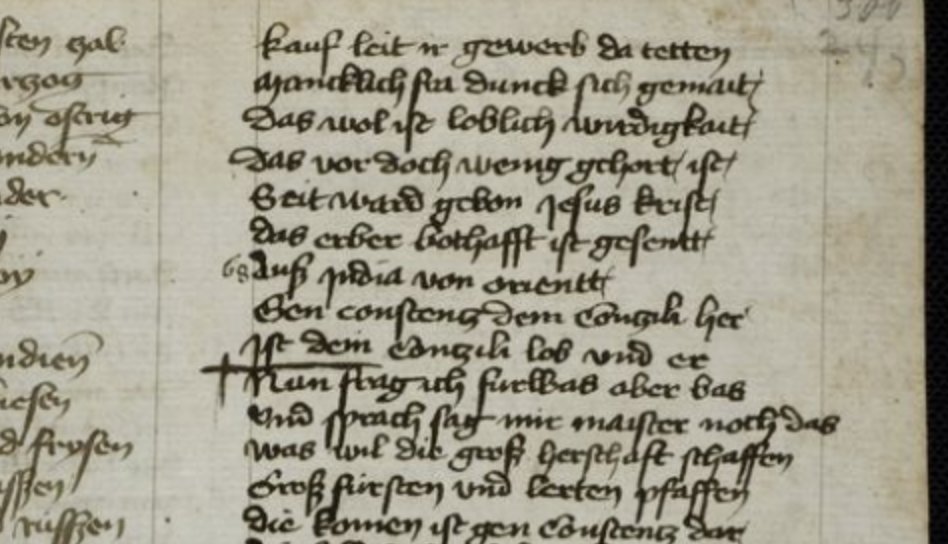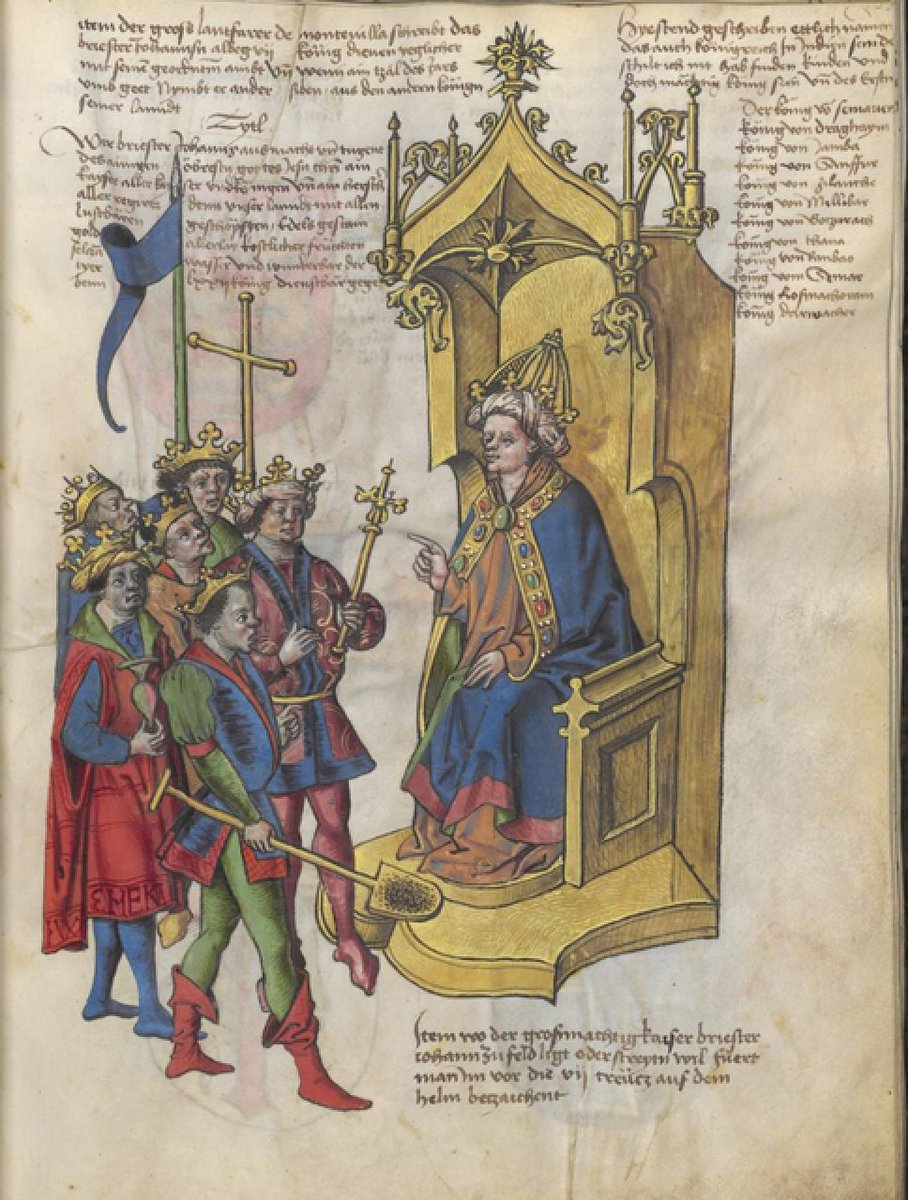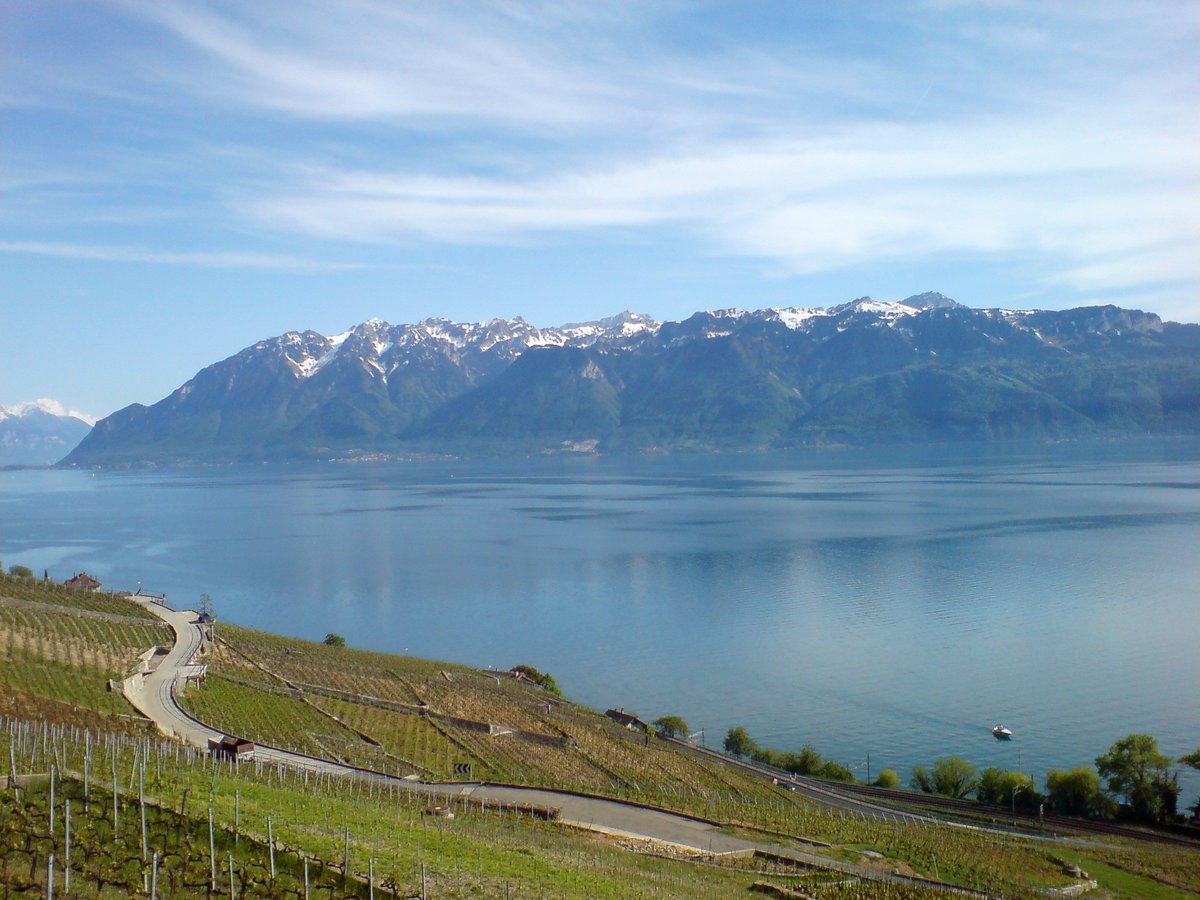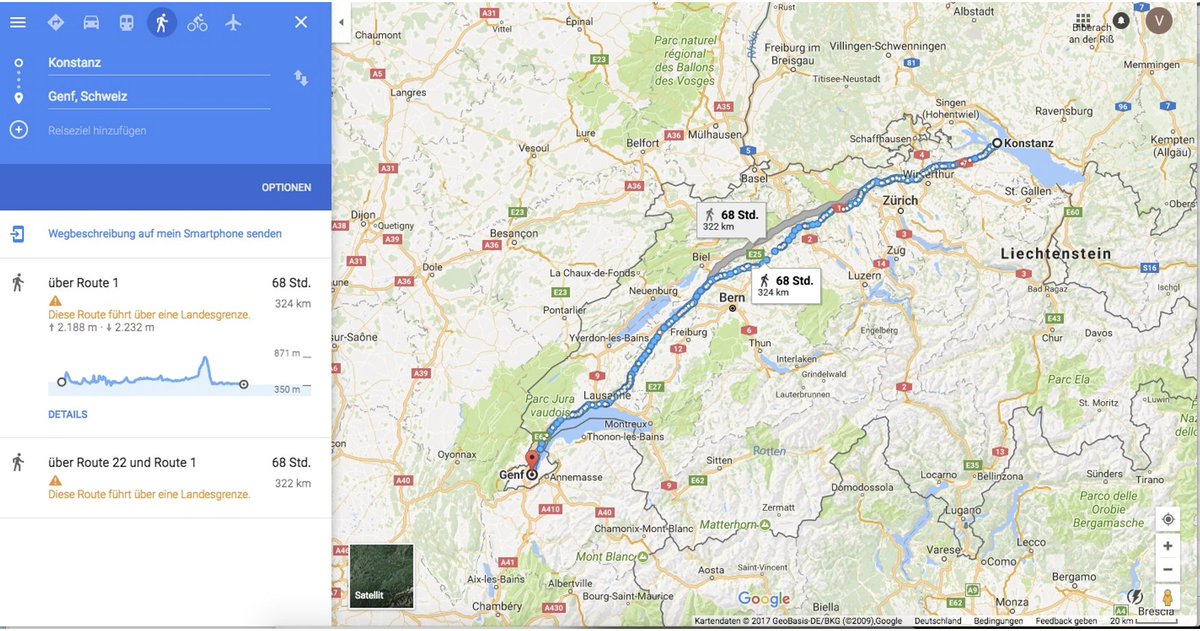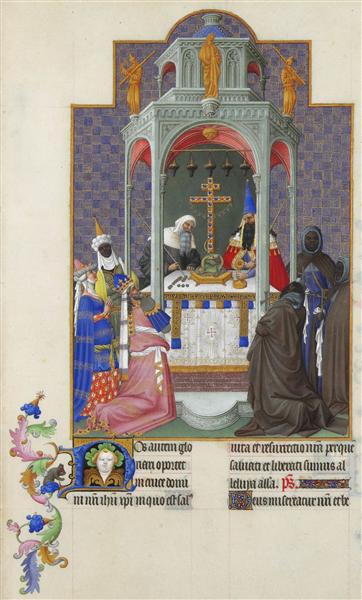Hello again! This is @KrebsVerena, your #Twittistorian for the week, with a bonus thread — on how 3 Ethiopian monks crossed the Alps in the 1410s, attended the Council of Constance in modern-day Germany, met a newly-elected Latin Pope AND saw the sights of Switzerland!  https://abs.twimg.com/emoji/v2/... draggable="false" alt="🇨🇭" title="Flagge der Schweiz" aria-label="Emoji: Flagge der Schweiz">
https://abs.twimg.com/emoji/v2/... draggable="false" alt="🇨🇭" title="Flagge der Schweiz" aria-label="Emoji: Flagge der Schweiz"> https://abs.twimg.com/emoji/v2/... draggable="false" alt="🚞" title="Bergbahn" aria-label="Emoji: Bergbahn">
https://abs.twimg.com/emoji/v2/... draggable="false" alt="🚞" title="Bergbahn" aria-label="Emoji: Bergbahn"> https://abs.twimg.com/emoji/v2/... draggable="false" alt="⛰️" title="Berg" aria-label="Emoji: Berg">
https://abs.twimg.com/emoji/v2/... draggable="false" alt="⛰️" title="Berg" aria-label="Emoji: Berg">
2/ Earlier today, we looked at the very first missions sent out by Ethiopian king Dawit II to the Latin West, when e.g. an Solomonic ambassador arrived in Venice in summer 1402, & brought back strange, ‘exotic’ Latin Christian objects by the cartload. https://twitter.com/Tweetistorian/status/1384452116455075842">https://twitter.com/Tweetisto...
3/ The first flurry of Solomonic missions to was followed by a decade of diplomatic silence. Papal records mention men who could’ve come from Solomonic Ethiopia, but their names are preserved only in an approximate, Latinised form, too limited for clear assertions.  https://abs.twimg.com/emoji/v2/... draggable="false" alt="🤷♀️" title="Achselzuckende Frau" aria-label="Emoji: Achselzuckende Frau">
https://abs.twimg.com/emoji/v2/... draggable="false" alt="🤷♀️" title="Achselzuckende Frau" aria-label="Emoji: Achselzuckende Frau">
4/ In the years 1416–1418, however, travelers identifiable as Ethiopian Christians again appear in several European sources: monks called P̣etṛos, Bärtälomewos & Ǝntọnǝs. They demonstrate that Ethiopian ecclesiastics ventured very far inland within Europe ...
5/ in the early 15th century: they are attested at Constance, a bucolic town in present-day Germany, north of the Alps (incidentally where I studied!).
A 1417 letter by an Italian humanist states that Ethiopian participants had come; a German rhyme chronicler waxed poetic about
A 1417 letter by an Italian humanist states that Ethiopian participants had come; a German rhyme chronicler waxed poetic about
6/ the delegates from ‘India’; the Sächsische Weltchronik asserts that‘monks had come over the sea from the True India’ who had ‘crosses burned onto their foreheads’.
Late medieval German chronicler Ulrich von Richental also asserts that ‘three Ethiopians’ had been sent...
Late medieval German chronicler Ulrich von Richental also asserts that ‘three Ethiopians’ had been sent...
7/ by the mythical Prester John from his ‘land and realm’ to attend the Council in Constance. Regrettably, they ‘knew neither Latin nor any language that one could understand.’
And yet, a papal letter states they had stayed for ‘very many months’ in the German town:
And yet, a papal letter states they had stayed for ‘very many months’ in the German town:
8/ on 1 January 1418, the newly elected Pope Martin V himself issued a safe-conduct for ‘Petrus, Bartholomeus and Antonius, Ethiopians’.
It was valid for two years & also specifies that they had companions & many goods with them.
It was valid for two years & also specifies that they had companions & many goods with them.
9/ In August 1418, one of the Ethiopians reappears in a papal document written in Geneva, Switzerland. It confirms that the ‘Ethiopian monks’ indeed came from Solomonic Ethiopia: ‘brother Antonius’ of ‘Amehar’ (Amhara) in ‘Greater India’ had attended the Council of Constance.
10/ Amazingly, it took Antonius — abba Ǝntọnǝs — EIGHT months to travel the 200 miles between Constance & Geneva. His time beyond the Alps quickly adds up to more than two years.
Ǝntọnǝs was clearly on a grand tour: the source also says he’d visited the Holy Sepulchre ...
Ǝntọnǝs was clearly on a grand tour: the source also says he’d visited the Holy Sepulchre ...
11/ in Jerusalem, & the Tombs of the Apostles in Rome.
Why did Ethiopian monks cross the Alps in the first place? Were they drawn in by the hubbub surrounding the Council of Constance, a major event?
Or had they heard the story of St Maurice, ...
Why did Ethiopian monks cross the Alps in the first place? Were they drawn in by the hubbub surrounding the Council of Constance, a major event?
Or had they heard the story of St Maurice, ...
12/ the 3rd-century Christian Roman African officer with the legendary Theban legion, who was martyred in Agaunum in modern-day Switzerland?
Together with his companion St Verena—yet another African saint from Upper Egypt especially venerated in the Swiss-German borderlands ...
Together with his companion St Verena—yet another African saint from Upper Egypt especially venerated in the Swiss-German borderlands ...
13/ who died in Bad Zurzach, my namesake — St Maurice had long been read as a Nubian or Black African saint in the German-speaking realms of Europe.
Shrines and sites dedicated to both saints dot the very route Ǝntọnǝs traveled.
Shrines and sites dedicated to both saints dot the very route Ǝntọnǝs traveled.
14/ It is impossible to know if & why abba Ǝntọnǝs & his companions crossed the Alps in the 1410s.
What we may assert, however, is that these Ethiopian monks were traveling —leisurely & at length— through a region with early & deep ties to saints from North-East Africa. FIN.
What we may assert, however, is that these Ethiopian monks were traveling —leisurely & at length— through a region with early & deep ties to saints from North-East Africa. FIN.
Typo alert: *It is impossible to know why abba... (mentally delete the & #39;if& #39;. He did cross the Alps).
Also, I forgot to sign again. https://abs.twimg.com/emoji/v2/... draggable="false" alt="🤦♀️" title="Frau schlägt sich die Hand vors Gesicht" aria-label="Emoji: Frau schlägt sich die Hand vors Gesicht">
https://abs.twimg.com/emoji/v2/... draggable="false" alt="🤦♀️" title="Frau schlägt sich die Hand vors Gesicht" aria-label="Emoji: Frau schlägt sich die Hand vors Gesicht">
—vk (FIN!)
Also, I forgot to sign again.
—vk (FIN!)

 Read on Twitter
Read on Twitter https://abs.twimg.com/emoji/v2/... draggable="false" alt="🚞" title="Bergbahn" aria-label="Emoji: Bergbahn">https://abs.twimg.com/emoji/v2/... draggable="false" alt="⛰️" title="Berg" aria-label="Emoji: Berg">" title="Hello again! This is @KrebsVerena, your #Twittistorian for the week, with a bonus thread — on how 3 Ethiopian monks crossed the Alps in the 1410s, attended the Council of Constance in modern-day Germany, met a newly-elected Latin Pope AND saw the sights of Switzerland! https://abs.twimg.com/emoji/v2/... draggable="false" alt="🇨🇭" title="Flagge der Schweiz" aria-label="Emoji: Flagge der Schweiz">https://abs.twimg.com/emoji/v2/... draggable="false" alt="🚞" title="Bergbahn" aria-label="Emoji: Bergbahn">https://abs.twimg.com/emoji/v2/... draggable="false" alt="⛰️" title="Berg" aria-label="Emoji: Berg">">
https://abs.twimg.com/emoji/v2/... draggable="false" alt="🚞" title="Bergbahn" aria-label="Emoji: Bergbahn">https://abs.twimg.com/emoji/v2/... draggable="false" alt="⛰️" title="Berg" aria-label="Emoji: Berg">" title="Hello again! This is @KrebsVerena, your #Twittistorian for the week, with a bonus thread — on how 3 Ethiopian monks crossed the Alps in the 1410s, attended the Council of Constance in modern-day Germany, met a newly-elected Latin Pope AND saw the sights of Switzerland! https://abs.twimg.com/emoji/v2/... draggable="false" alt="🇨🇭" title="Flagge der Schweiz" aria-label="Emoji: Flagge der Schweiz">https://abs.twimg.com/emoji/v2/... draggable="false" alt="🚞" title="Bergbahn" aria-label="Emoji: Bergbahn">https://abs.twimg.com/emoji/v2/... draggable="false" alt="⛰️" title="Berg" aria-label="Emoji: Berg">">
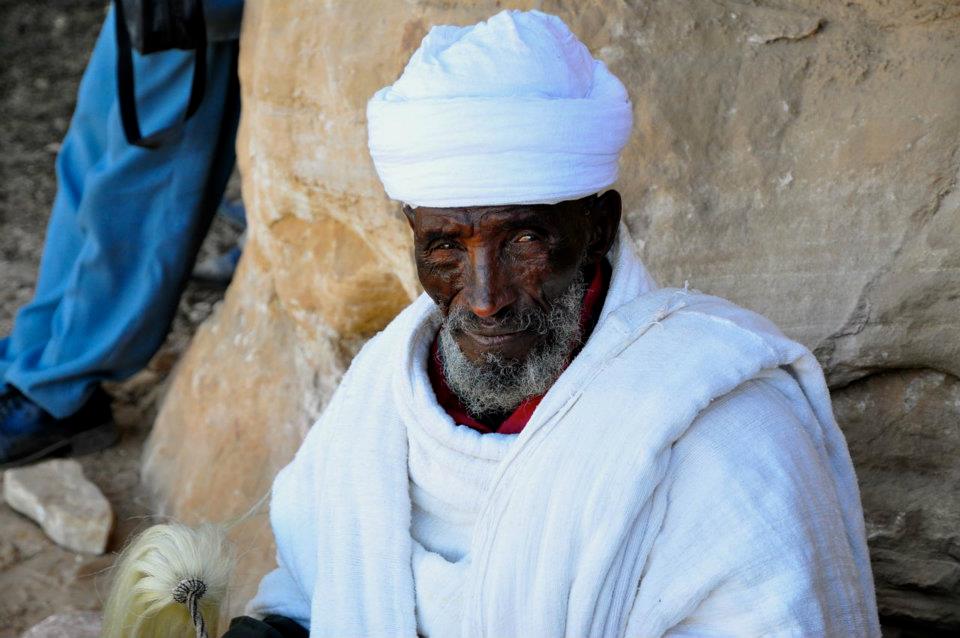 https://abs.twimg.com/emoji/v2/... draggable="false" alt="🚞" title="Bergbahn" aria-label="Emoji: Bergbahn">https://abs.twimg.com/emoji/v2/... draggable="false" alt="⛰️" title="Berg" aria-label="Emoji: Berg">" title="Hello again! This is @KrebsVerena, your #Twittistorian for the week, with a bonus thread — on how 3 Ethiopian monks crossed the Alps in the 1410s, attended the Council of Constance in modern-day Germany, met a newly-elected Latin Pope AND saw the sights of Switzerland! https://abs.twimg.com/emoji/v2/... draggable="false" alt="🇨🇭" title="Flagge der Schweiz" aria-label="Emoji: Flagge der Schweiz">https://abs.twimg.com/emoji/v2/... draggable="false" alt="🚞" title="Bergbahn" aria-label="Emoji: Bergbahn">https://abs.twimg.com/emoji/v2/... draggable="false" alt="⛰️" title="Berg" aria-label="Emoji: Berg">">
https://abs.twimg.com/emoji/v2/... draggable="false" alt="🚞" title="Bergbahn" aria-label="Emoji: Bergbahn">https://abs.twimg.com/emoji/v2/... draggable="false" alt="⛰️" title="Berg" aria-label="Emoji: Berg">" title="Hello again! This is @KrebsVerena, your #Twittistorian for the week, with a bonus thread — on how 3 Ethiopian monks crossed the Alps in the 1410s, attended the Council of Constance in modern-day Germany, met a newly-elected Latin Pope AND saw the sights of Switzerland! https://abs.twimg.com/emoji/v2/... draggable="false" alt="🇨🇭" title="Flagge der Schweiz" aria-label="Emoji: Flagge der Schweiz">https://abs.twimg.com/emoji/v2/... draggable="false" alt="🚞" title="Bergbahn" aria-label="Emoji: Bergbahn">https://abs.twimg.com/emoji/v2/... draggable="false" alt="⛰️" title="Berg" aria-label="Emoji: Berg">">
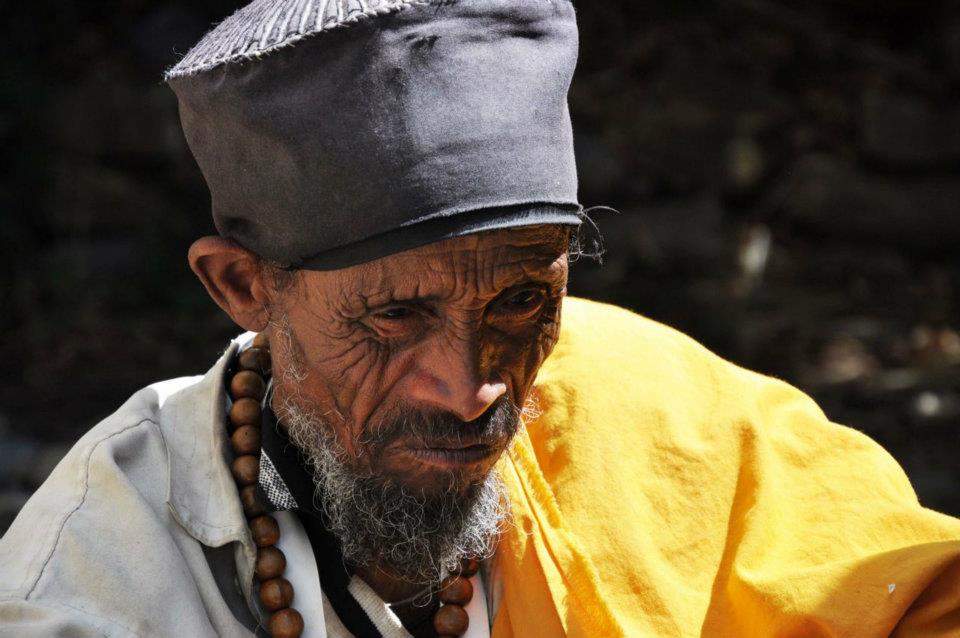 https://abs.twimg.com/emoji/v2/... draggable="false" alt="🚞" title="Bergbahn" aria-label="Emoji: Bergbahn">https://abs.twimg.com/emoji/v2/... draggable="false" alt="⛰️" title="Berg" aria-label="Emoji: Berg">" title="Hello again! This is @KrebsVerena, your #Twittistorian for the week, with a bonus thread — on how 3 Ethiopian monks crossed the Alps in the 1410s, attended the Council of Constance in modern-day Germany, met a newly-elected Latin Pope AND saw the sights of Switzerland! https://abs.twimg.com/emoji/v2/... draggable="false" alt="🇨🇭" title="Flagge der Schweiz" aria-label="Emoji: Flagge der Schweiz">https://abs.twimg.com/emoji/v2/... draggable="false" alt="🚞" title="Bergbahn" aria-label="Emoji: Bergbahn">https://abs.twimg.com/emoji/v2/... draggable="false" alt="⛰️" title="Berg" aria-label="Emoji: Berg">">
https://abs.twimg.com/emoji/v2/... draggable="false" alt="🚞" title="Bergbahn" aria-label="Emoji: Bergbahn">https://abs.twimg.com/emoji/v2/... draggable="false" alt="⛰️" title="Berg" aria-label="Emoji: Berg">" title="Hello again! This is @KrebsVerena, your #Twittistorian for the week, with a bonus thread — on how 3 Ethiopian monks crossed the Alps in the 1410s, attended the Council of Constance in modern-day Germany, met a newly-elected Latin Pope AND saw the sights of Switzerland! https://abs.twimg.com/emoji/v2/... draggable="false" alt="🇨🇭" title="Flagge der Schweiz" aria-label="Emoji: Flagge der Schweiz">https://abs.twimg.com/emoji/v2/... draggable="false" alt="🚞" title="Bergbahn" aria-label="Emoji: Bergbahn">https://abs.twimg.com/emoji/v2/... draggable="false" alt="⛰️" title="Berg" aria-label="Emoji: Berg">">
